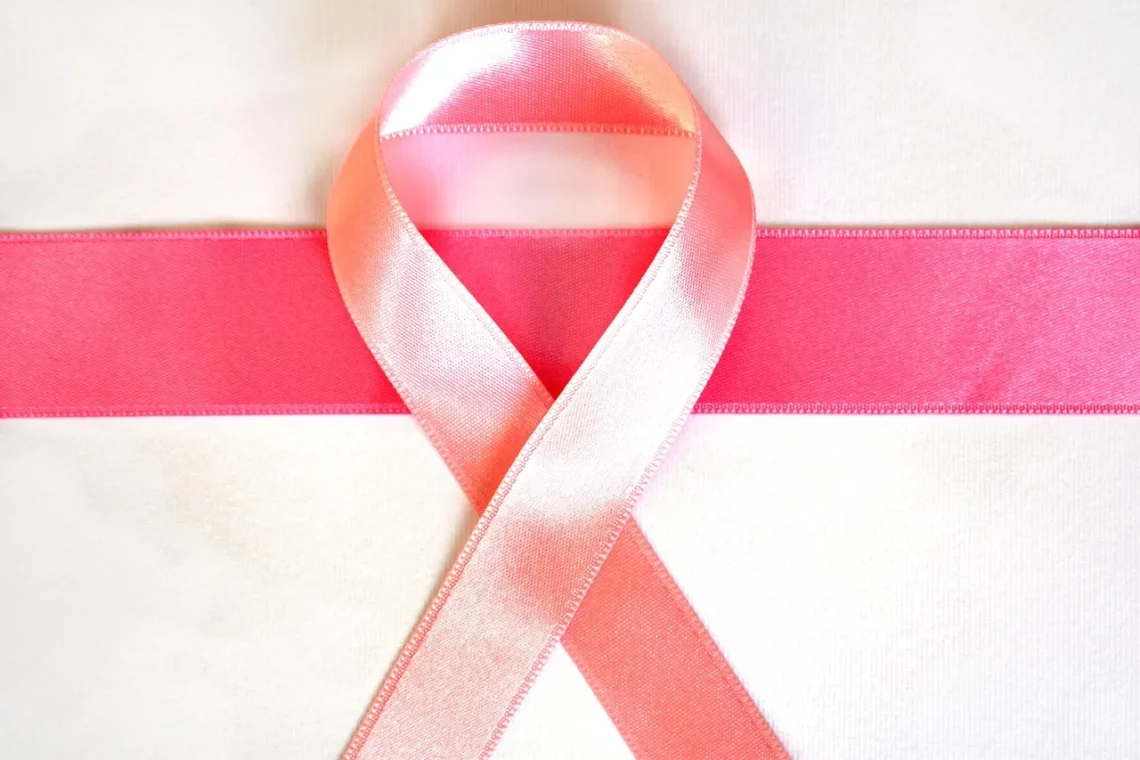
The Allure and Appeal of Large Lactating Breasts in Modern Culture
The human body has long been a subject of fascination, embodying a myriad of forms that reflect cultural, personal, and societal values. Among the attributes that draw attention and stir conversation, breasts—particularly those that are large and lactating—have captured the imagination of many. This fascination transcends mere physicality; it intertwines with ideas of femininity, motherhood, and sexuality, creating a complex tapestry of meanings that varies across different cultures and eras.
In modern culture, large lactating breasts symbolize not only nurturance and fertility but also power and desirability. The dual nature of these attributes often leads to a paradox wherein breasts are simultaneously revered and objectified. This duality reflects broader societal attitudes towards women’s bodies, motherhood, and sexuality. As we navigate through various media representations, advertising campaigns, and even social discourse, the allure of large lactating breasts becomes a mirror reflecting our collective psyche.
Understanding the multifaceted allure of this physical attribute requires delving into the psychological, cultural, and social dimensions that contribute to its appeal. The conversation around large breasts, especially during the lactation phase, is as much about societal norms and expectations as it is about individual preferences and experiences.
The Cultural Significance of Breasts Throughout History
Breasts have held various meanings in different cultures throughout history, often serving as symbols of fertility and motherhood. In ancient societies, large breasts were often idealized as signs of wealth and health, indicative of a woman’s ability to nurture and sustain offspring. This historical perspective is essential for understanding the current fascination with large lactating breasts.
In many cultures, the symbolism of breasts extends beyond the realm of motherhood. For instance, in some indigenous cultures, breasts were celebrated in art and rituals, highlighting their importance in fertility and the continuation of life. In contrast, Western societies have often oscillated between viewing breasts as objects of desire and as nurturing symbols. This duality is reflected in art, literature, and media across centuries.
The modern era has seen a shift in the portrayal of breasts, particularly with the rise of feminism and body positivity movements. While earlier representations often emphasized sexual allure, contemporary discussions are increasingly recognizing the multifaceted nature of women’s bodies and their experiences. This shift has opened the door for a more nuanced understanding of large lactating breasts, allowing them to be celebrated as symbols of empowerment, choice, and natural beauty.
Moreover, the impact of social media cannot be understated. Platforms like Instagram and TikTok allow individuals to share their experiences and perspectives, contributing to a richer dialogue about body image and societal norms. In this digital age, the representation of large lactating breasts can be both empowering and controversial, sparking conversations about objectification, autonomy, and the reclaiming of female bodies.
The historical context helps us appreciate how the allure of large lactating breasts is not merely a contemporary phenomenon but rather a deeply rooted aspect of human culture. As society continues to evolve, so too will the narratives surrounding breasts, reflecting changing values and attitudes towards femininity, motherhood, and sexuality.
Psychological Dimensions of Attraction
The attraction to large lactating breasts is not solely based on cultural significance; it also has deep psychological roots. From a psychological perspective, breasts can symbolize comfort, security, and maternal affection, which may explain their allure for many individuals. The human psyche often associates physical attributes with emotional responses, creating a complex interplay between attraction and psychological needs.
Research has shown that breasts can evoke feelings of nostalgia and longing, often linked to early childhood experiences and motherly care. This connection can foster a sense of safety and warmth, making large breasts particularly appealing to some. Furthermore, the lactation aspect adds another layer of psychological complexity, as it signifies nurturing and the ability to provide sustenance, enhancing the allure for many.
Additionally, the allure of large breasts can also be attributed to evolutionary psychology. Some theories suggest that larger breasts may be perceived as indicators of higher fertility and reproductive health, making them attractive traits in mate selection. This biological perspective often intersects with cultural narratives, creating a multifaceted understanding of attraction that encompasses both nature and nurture.
However, it’s essential to recognize that attraction is subjective and varies greatly among individuals. While some may find large lactating breasts appealing due to their associations with femininity and motherhood, others may have different preferences shaped by personal experiences, societal influences, and evolving cultural standards.
The psychological dimensions of attraction also extend to societal expectations and norms surrounding beauty. In many cultures, larger breasts are often idealized, creating pressure on individuals to conform to these standards. This societal push can lead to body image issues, as individuals may feel inadequate if they do not meet these expectations. The complexities of attraction, therefore, are intertwined with broader discussions about self-esteem, body positivity, and the importance of embracing diverse forms of beauty.
Media Representation and Its Impact
Media plays a pivotal role in shaping perceptions of beauty, including the portrayal of large lactating breasts. From advertising to film and television, the representation of breasts has evolved, reflecting societal attitudes and contributing to the allure surrounding them. The way breasts are depicted in media can have a profound effect on public perception and individual self-image.
Historically, media representations often leaned towards the sexualization of breasts, emphasizing them as objects of desire rather than symbols of motherhood or nurturing. This trend has perpetuated unrealistic beauty standards and contributed to the objectification of women’s bodies. However, recent years have seen a shift towards more diverse and realistic portrayals of women, including their bodies and experiences related to breastfeeding and motherhood.
Social media platforms have amplified this shift, providing a space for individuals to share their stories and challenge traditional narratives. Influencers and activists are increasingly using their platforms to promote body positivity and normalize breastfeeding, thereby reshaping the conversation around large lactating breasts. This grassroots movement has empowered many to embrace their bodies and reject societal norms that dictate how women should look and behave.
Moreover, media representation can significantly impact public attitudes toward breastfeeding and lactation. As more individuals openly discuss their experiences and advocate for breastfeeding rights, the stigma surrounding it is gradually diminishing. This change in narrative not only celebrates the beauty of lactating breasts but also fosters a more supportive environment for mothers to nourish their children without fear of judgment.
Nevertheless, challenges remain. Despite the progress made in representation, stereotypes and unrealistic expectations persist in various media forms. The portrayal of breasts often still leans towards the sensationalized and objectified, creating a tension between empowerment and exploitation.
In conclusion, the allure and appeal of large lactating breasts in modern culture are deeply rooted in historical, psychological, and media contexts. As society continues to navigate these complexities, it is crucial to foster a more inclusive dialogue that embraces diverse representations of women’s bodies and experiences.
—
This article does not constitute medical advice. For any health concerns, please consult a qualified healthcare professional.




